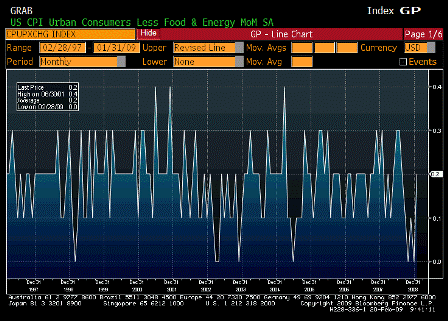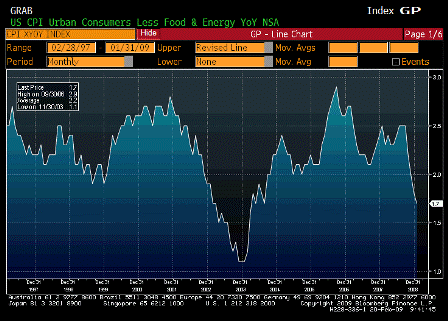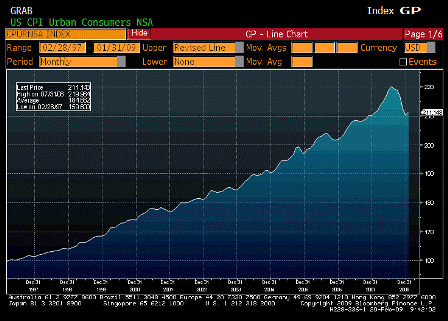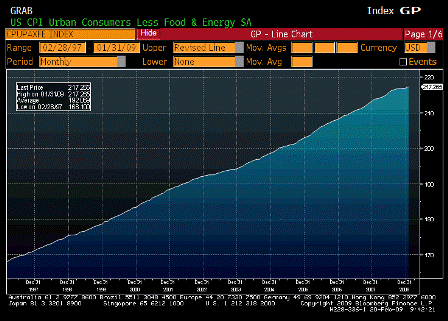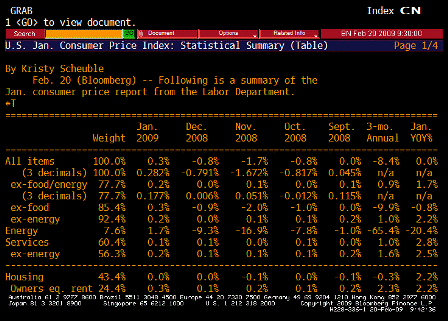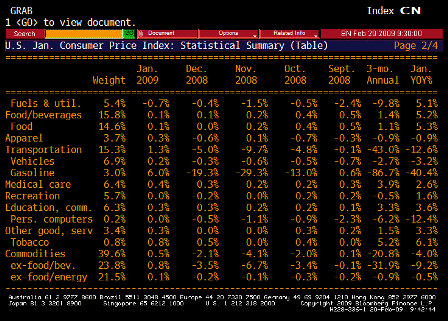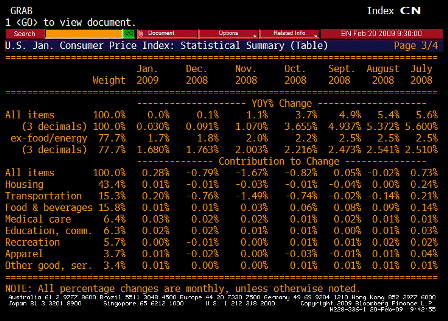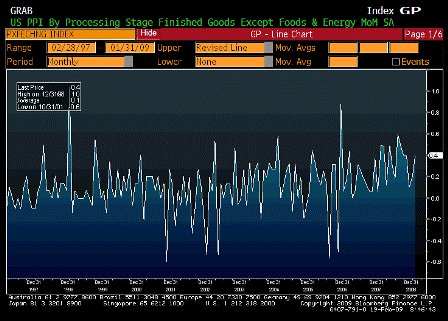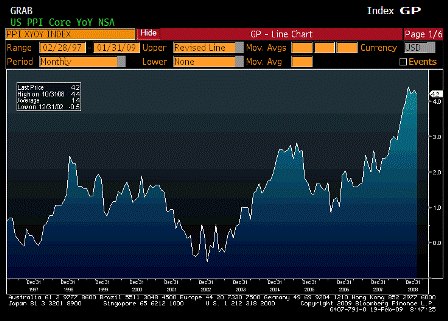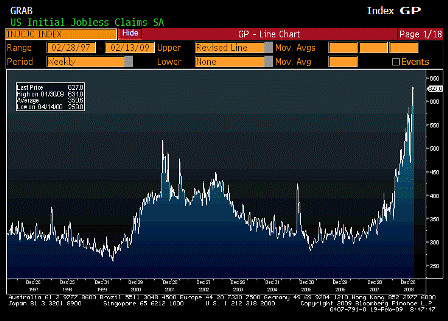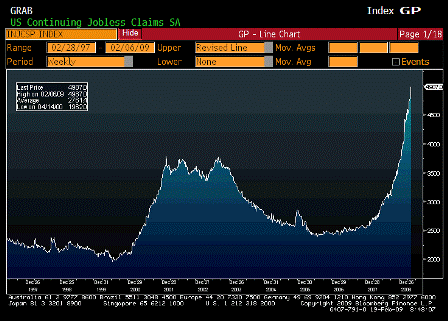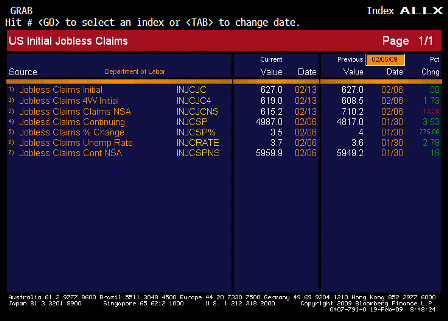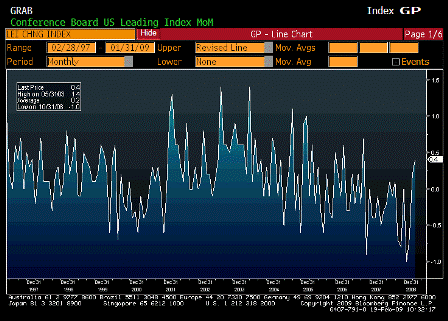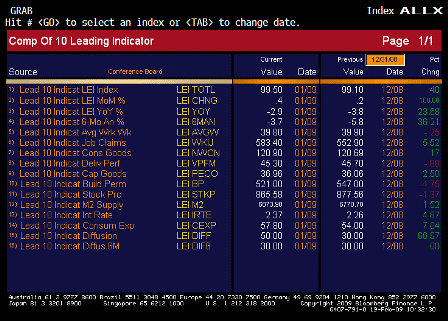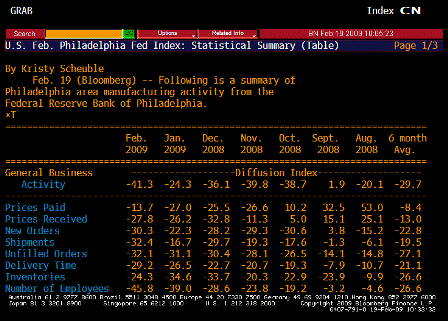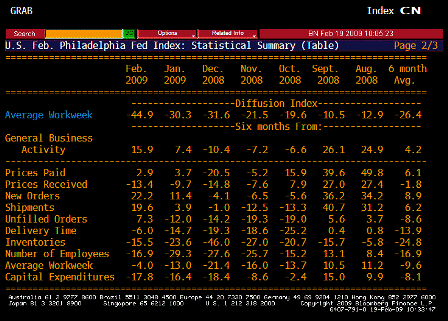This is the paper being presented next week in DC.
Please distribute.
Comments welcome!
This is how it begins:
Comments on the FASB Exposure Drafts relating to “Comprehensive Long-term Projections for the U.S. Government (ED 1)” and to “Accounting for Social Insurance. (ED 2)”
Testimony Submitted by:
James K. Galbraith, Lloyd M. Bentsen, Jr., Chair in Government/Business Relations, Lyndon B. Johnson School of Public Affairs, The University of Texas at Austin, Austin
TX 78712 and Senior Scholar, Levy Economics Institute.
L. Randall Wray, Professor of Economics, the University of Missouri-Kansas City, and Senior Scholar, Levy Economics Institute.
Warren Mosler, Senior Associate Fellow, Cambridge Center for Economic and
Public Policy, Department of Land Economy, University of Cambridge, and Valance Co., St Croix, USVI.
Date: February 25, 2009
In this testimony we supplement our earlier letter, which responded to specific questions on the first exposure draft. Here we set out general principles of federal budget accounting, and then we offer specific comments on the proposed reporting procedures in both of the exposure drafts.
General Principles of Federal Budget Accounting
Even though some principles of accounting are universal, federal budget accounting has never followed and should not follow the exact procedures adopted by households or business firms. There are several reasons why this is true.
First, the government’s interest is the public interest. The government is there to provide for the general welfare, and there is no correlation between this interest and a position of surplus or deficit, nor of indebtedness, in the government’s books.
Second, the government is sovereign. This fact gives to government authority that households and firms do not have. In particular, government has the power to tax and to issue money. The power to tax means that government does not need to sell products, and the power to issue currency means that it can make purchases by emitting IOUs. No private firm can require that markets buy its products or its debt. Indeed taxation creates a demand for public spending, in order to make available the currency required to pay the taxes. No private firm can generate demand for its output in this way. Neither of these statements is controversial; both are matters of fact. Nor should they be construed to imply that government should raise taxes or spend without limit. However, they do imply that federal budgeting is different from private budgeting, and should be considered in its proper, public context.
While it is common to regard government tax revenue as income, this income is not comparable to that of firms or households. Government can choose to exact greater tax revenues by imposing new taxes or raising tax rates. No firm can do this; even firms with market power know that consumers will find substitutes if prices are raised too much. Moreover firms, households, and even state and local governments require income or borrowings in order to spend. The federal government’s spending is not constrained by revenues or borrowing. This is, again, a fact, completely non-controversial, but very poorly understood.
The federal government spends by cutting checks – or, what is functionally the same thing, by directly crediting private bank accounts. This is a matter of typing numbers into a machine. That is all federal spending is. Unlike private firms, the federal government maintains no stock of cash-on-hand and no credit balance at the bank. It doesn’t need to do so. There are surely limits of wisdom and prudence on federal spending, as well as numerous checks, balances, and self-imposed constraints, but there is no operational limit. The federal government can, and does, spend what it wants.
Tax receipts debit bank accounts. So does borrowing from the public. These are operationally distinct from spending. There is no operational procedure through which federal government “uses” tax receipts or borrowings for its spending. If, perchance, one chooses to pay taxes in cash, the Treasury simply issues a receipt and shreds the cash. It has no need for the income in order to spend. This is why it is a mistake to look at federal tax receipts as an equivalent concept to income of households or firms.
As we discuss below, federal government spending has exceeded tax revenues, with only brief exceptions, since the founding. There is no evidence, nor any economic theory, behind the proposition that federal government spending ever needs to match federal government tax receiptsâ€â€Âover any period, short or long. The deficit per unit time is the difference between taxing and spending over that time. To repeat, the taxing on the one hand and the spending on the other are operationally independent. Any reasonable observer should conclude that federal government spending is not, and need not be, dependent on, constrained by (or even related to) tax revenues in the way that the spending of households or firms is related to their incomes.
The difference between microeconomic and macroeconomic accounting is also pertinent. An individual household or firm has a balance sheet that consists of its assets and liabilities. The spending of that household or firm is constrained, in a fairly concrete sense, by its income and by its balance sheet by its ability to sell assets or to borrow against them. It is meaningful to say that its ability to deficit-spend is constrained: a household must get the approval of a bank before spending can exceed income, and therefore its borrowing is subject to banking norms. But if we take households or firms as a whole, the situation is different. The private sector’s ability to deficit-spend, to spend more than its income, depends on the willingness of another sector to spend less than its income. For one sector to run a deficit, another must run a surplus. This surplus is called saving – claims against the deficit sector. In principle, there is no reason why one sector cannot run perpetual deficits, so long as at least one other sector wants to run surpluses.
[top]




